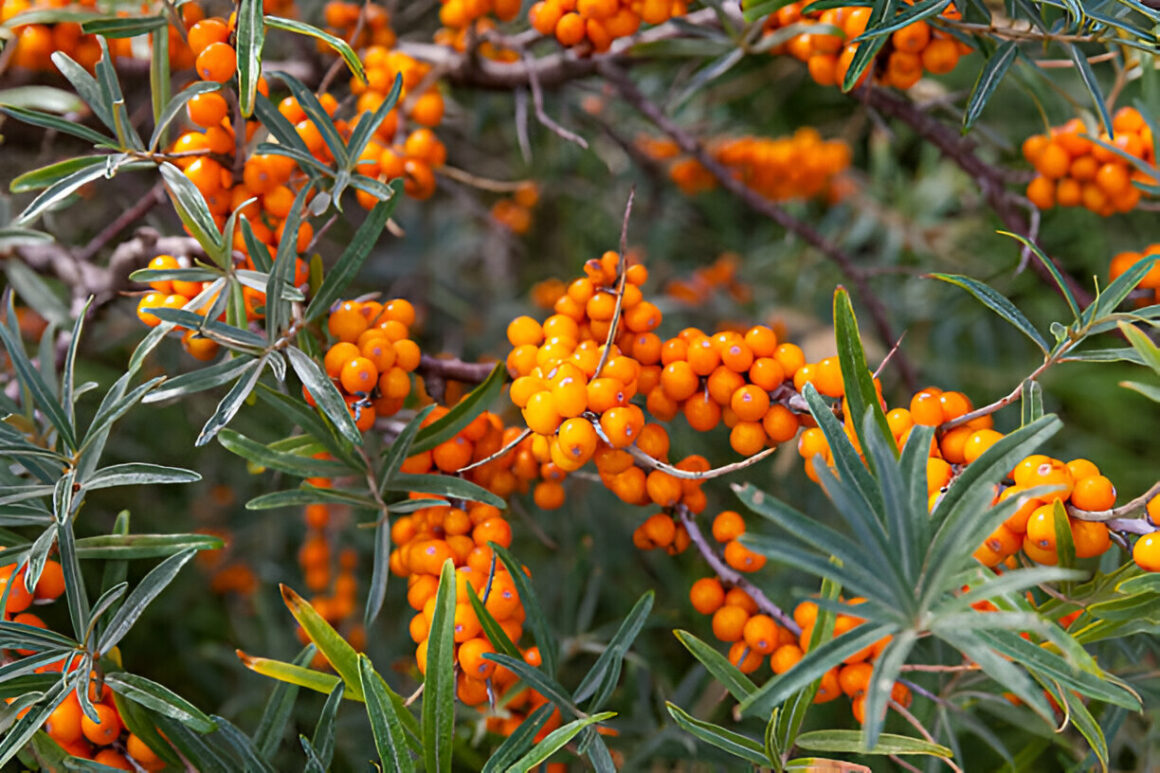Tucked away in the rocky corners of Gilgit-Baltistan grows a plant most people wouldn’t look at twice. It’s thorny, rugged, and barely noticeable unless you know what you’re looking for. The locals call it zakh. The rest of the world knows it as seabuckthorn—and it might just be one of Pakistan’s most underestimated natural assets.
I remember first hearing about seabuckthorn from a friend who grew up near Hunza. She said her grandmother used to make a strong, sour syrup from the berries every winter. “It fixes everything,” she’d say—from chest infections to fatigue. At the time, I laughed it off. But now I understand why that little orange berry meant so much.
Seabuckthorn isn’t just a folk remedy. The berries are packed with vitamin C—more than oranges, apparently—and contain rare fatty acids and antioxidants. They’ve been used in traditional medicine for generations, and more recently, have found their way into expensive oils, cosmetics, and health supplements. Globally, seabuckthorn oil sells for a small fortune. But in Gilgit-Baltistan, it’s still mostly wild, untapped, and overlooked.
That’s the real missed opportunity here.
Imagine a plant that doesn’t need irrigation, survives in tough terrain, and actually improves soil health. That’s seabuckthorn. It helps prevent erosion, supports biodiversity, and grows in areas where not much else does. In a place like Gilgit-Baltistan, where the environment is fragile and jobs are few, this plant could be a quiet game-changer.
Some local efforts have already started. I’ve come across women’s groups in upper Hunza drying berries for tea or making oil in small presses. A few businesses are even exporting products. But most people still lack tools, training, or access to markets. The berries often go to waste or are harvested in ways that harm the plant.
On top of that, climate change is beginning to shift the landscape. Warmer temperatures could shrink the plant’s growing zones, and diseases like Rhizoctonia solani are showing up in some areas. Without any real protection plan, we’re at risk of losing seabuckthorn before we even learn to use it properly.
Government programmes like the 10 Billion Tree Tsunami have included seabuckthorn in reforestation drives, which is encouraging. But what’s needed is more focus—more investment in cultivation, more local partnerships, and more attention in policy circles.
This isn’t just about a berry. It’s about giving value to something we already have. It’s about connecting traditional knowledge with modern science, and creating real opportunities for the people of Gilgit-Baltistan—especially women, who are already leading some of the small-scale seabuckthorn enterprises.
We spend so much time looking outward for solutions. But sometimes, what we need is already growing in our own soil.
Seabuckthorn deserves more than quiet survival. It deserves recognition, protection, and a role in Pakistan’s future.


Leave a Reply